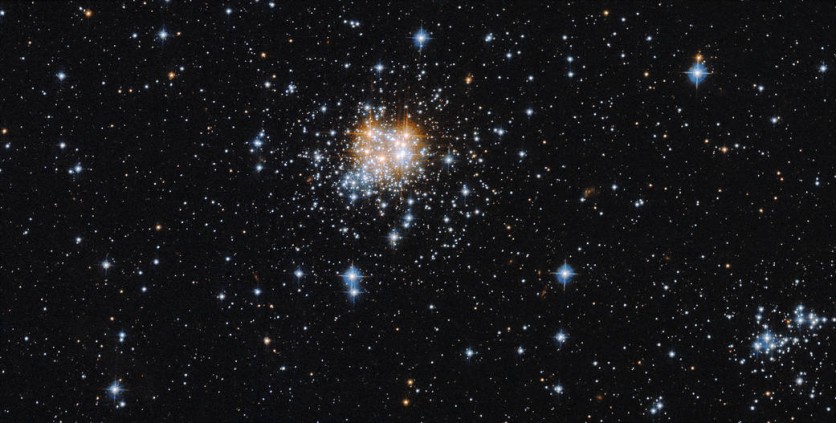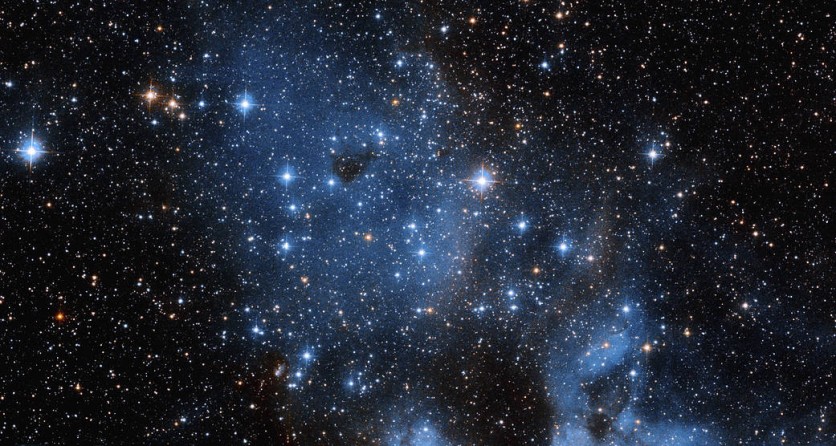NASA's iconic Hubble Space Telescope spots a glittering display in deep space after capturing an open star cluster.

Sparkling Cluster of Stars
The center of the new image is dominated by a sparkling cluster of stars. The open star cluster NGC 2002 is situated in the Large Magellanic Cloud, a satellite galaxy of the Milky Way with several star-forming regions, at a distance of around 160,000 light-years from Earth.
With a diameter of around 30 light-years and an age of only 18 million years, NASA notes that NGC 2002 is a relatively young cluster.
Additionally, NGC 2002 is more spherical compared to a typical open cluster, Open clusters have a low stellar density and an irregular shape because of the weak gravitational pull between the stars that make them up, according to NASA.
It is worth noting that individual stars in a globular cluster, the other major form of cluster, are frequently too dense to be spotted by space telescopes. However, stars in an open cluster are easier to be observed.
Hubble's excellent resolution and sensitivity in identifying individual stars were used by researchers to investigate NGC 2002.
Around 1,100 stars make up NGC 2002. As the cluster develops, the lighter stars are likely to move away from the center while the more massive stars would dive into the core.
Five red supergiant stars are spotted in the cluster's center. These physically large but cooler stars are fusing helium after running out of hydrogen fuel, according to NASA.
Electric Open Star Cluster
A similar open star cluster was captured by Hubble last month, featuring the NGC 1858 glowing in electric blue. It is also located in the Magellanic Cloud and it is believed to be around 10 million years old.

NASA explains that young star clusters seen in the Large and Small Magellanic Clouds (LMC, SMC) make them ideal research locations for the birth and evolution of stars.
More importantly, the LMC and SMC are close enough to our planet for clear and full observation, making them perfect for the study of individual stars. These systems are also the only ones that comprise star clusters in every stage of evolution.
After the Portuguese explorer Ferdinand Magellan and his team discovered these companion galaxies during the first round-the-world journey (1519-22), these galaxies were named in his honor.
The Magellanic Clouds were recognized as members of the Milky Way Galaxy's companion group at the beginning of the 20th century. The American astronomer Edwin Hubble established that they were extragalactic objects, leading to their separation as distinct systems.
The LMC is a bright region with a diameter of around 5°, while the SMC is only a little wider than 2°.
The Magellanic Clouds are unreachable from the bulk of northern latitudes but they are visible to the naked eye in the Southern Hemisphere.
Related Article : NASA's Hubble Space Telescope Captures 'Butterfly Nebula' In Stunning Motion | Fun Facts About This Beautiful Space Butterfly

ⓒ 2025 TECHTIMES.com All rights reserved. Do not reproduce without permission.




